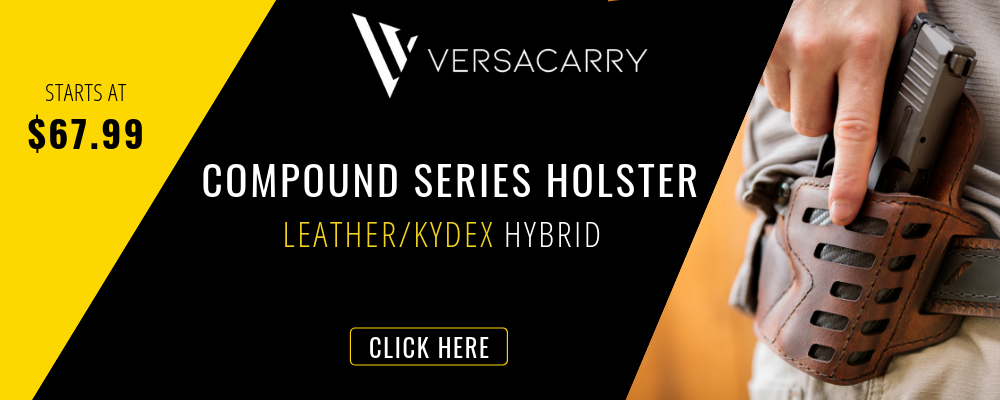Skills Check: 4 Pocket Pistol Training Drills
9th Oct 2019
Source Credit to ShootingIllustrated.com by Ed Head - Wednesday, October 9, 2019
Click here to view the original article.

The pocket pistol shown above is the popular Ruger LCP II, carried in a DeSantis Gunhide SuperFly holster and loaded with Hornady Critical Defense .380 ACP ammo.
Small, easily concealed handguns have become an increasingly popular choice among firearm consumers. It makes sense to assume many of these pistols are carried in pockets. Pocket carry may actually be the most-popular mode of carry, but I wonder how many folks actually practice with it? Being small, lightweight and often equipped with miniscule sights and heavy trigger pulls, pocket pistols aren’t the easiest guns to shoot well. Then again, attributes such as compact size and light weight make these handguns easy to carry around. Some folks use them as primary-defense pistols, while others relegate them to the role of backup guns.
Pocket pistols should be carried in a holster. Well-made pocket holsters protect against accidental firing by covering the trigger, position the gun in the same way in the pocket every time and break up the outline of the gun, making it more concealable and less likely to “print” while in the pocket. With the pistol in the pocket, you should be able to obtain a firing grip, with your finger straight along the outside of the holster, and pull the gun from the pocket, leaving the holster behind. Now here’s the important part: Never, ever attempt to re-holster the gun with the holster in the pocket. Keeping the pistol pointed in a safe direction, finger off the trigger, safety on (if there is one), take the holster out of the pocket, re-insert the pistol, then carefully place the holstered handgun back into the pocket.
Depending upon how big you are and the size and cut of your pockets, you may wish to pocket carry with the pistol in a front trouser pocket or rear pocket. Pocket carry is possible in jacket pockets as well. Have you ever seen a police officer approach a driver with his or her support hand in a jacket pocket? You can bet that hand is grasping a gun, most likely a small revolver. While not strictly pocket carry, I know people who use a pocket holster as an inside the waistband holster, either in the appendix or behind the hip position. The same careful holstering rules apply to this carry method.
Here are a few drills you can practice with your pocket pistol. If you’re really comfortable with drawing the pocket gun, start these drills with the handgun holstered. If not, it’s best to start with the pistol in the hands at a low-ready, muzzle-depressed position. After each shooting drill, top off or reload the pistol and carefully and safely return it to your starting position. This isn’t a quick-draw drill. Take your time and keep the finger off the trigger until your sights are on target. Considering the role of the pocket pistol, you can do these drills at close range—perhaps 3 to 7 yards—on paper. If you want to practice on steel targets, maintain a safe distance of 7 yards or farther.
Drill #1: Fire two rounds to the vital zone of your target. Repeat. Total of four rounds.
Drill #2: Fire two rounds to the vital zone of your target and one round to the head zone. Repeat. Total of six rounds.
Drill #3: With two targets placed side by side, fire two rounds to the vital zone of each target. Repeat. Total of eight rounds.
Drill #4: Repeat Drills 1 through 3 by taking a step to the side as you bring the pistol up on target. Total of 18 rounds.
A little practice with your pocket pistol will pay big dividends in improving your accuracy and confidence. Put down your favorite, big pistol and spend some time with your little, constant companion.


